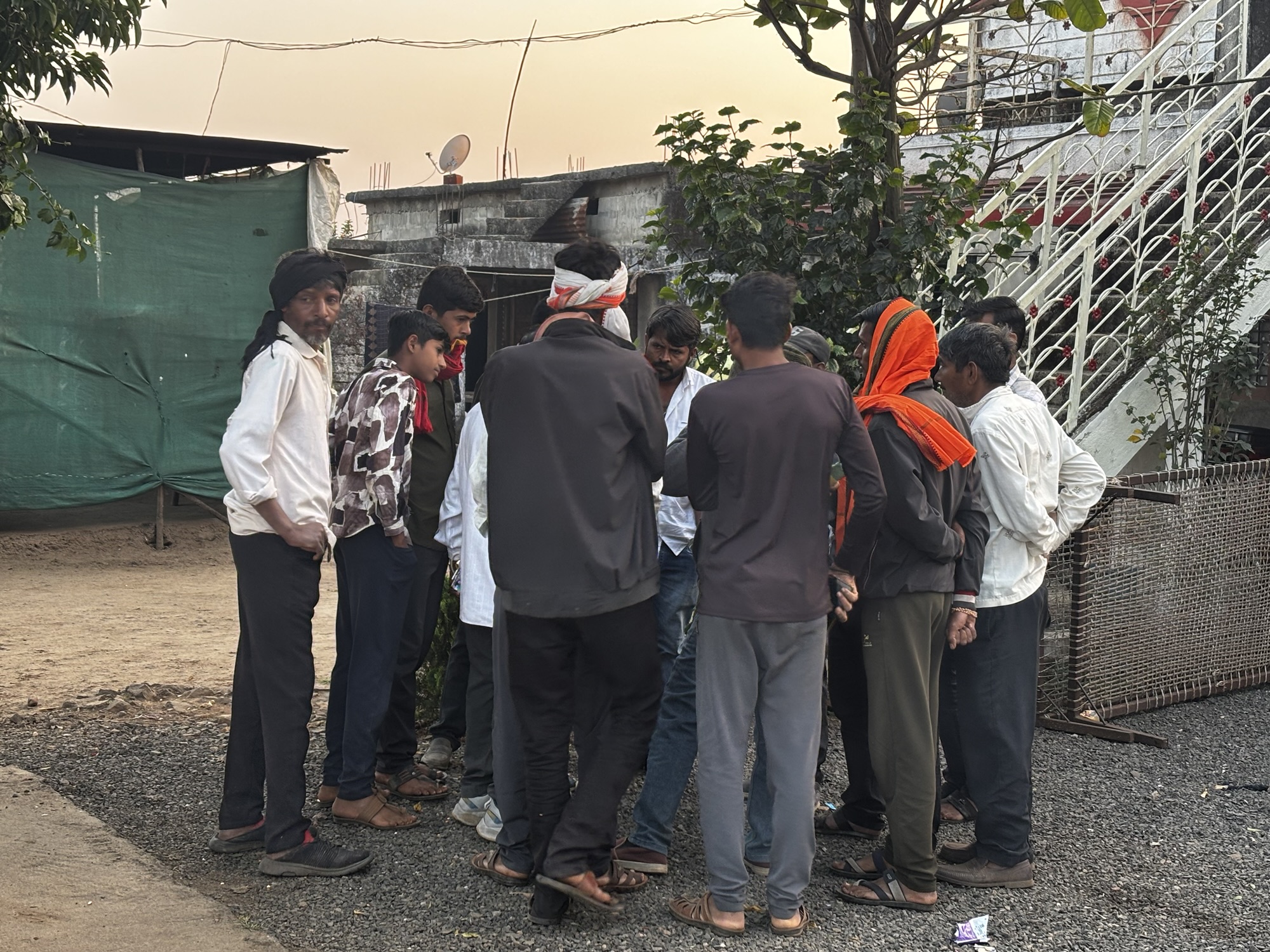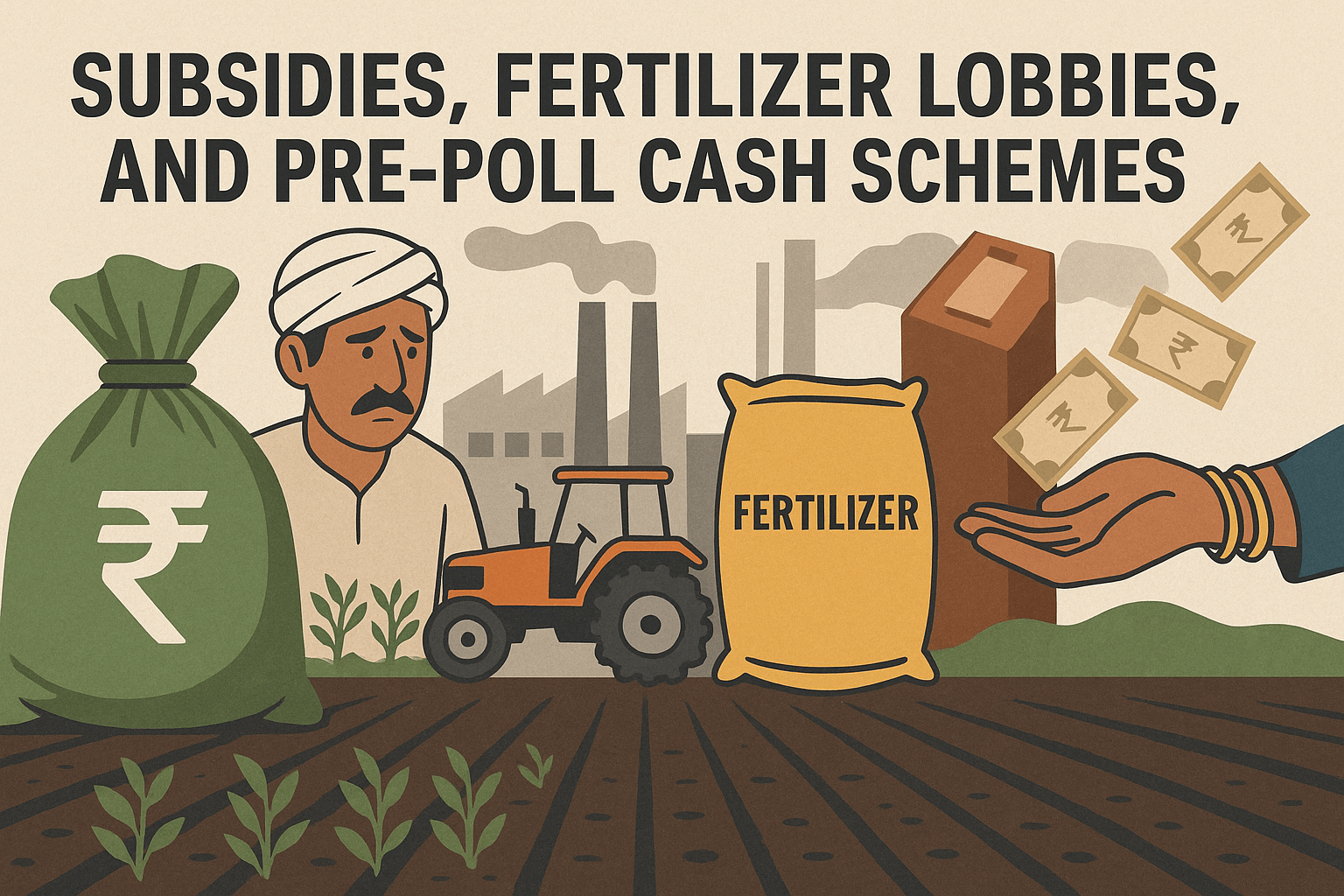Kerala’s mid-day meal scheme is changing. The state is now serving fortified rice to schoolchildren. This rice is meant to help fight anaemia, but it has raised serious health concerns. Many experts are worried that fortified rice may not be safe for everyone. Children with certain health conditions, such as thalassemia and sickle cell anaemia, could face risks from iron-fortified foods. These conditions are common in Kerala, especially among tribal communities.
The government plans to provide fortified rice to help improve nutrition among children. However, the approach has faced criticism. Critics argue that serving the same fortified rice to all children ignores their unique dietary needs. Rajesh Krishnan, an organic farmer from Wayanad, has raised alarms. He filed a complaint with the Supreme Court against the government’s decision to remove warning labels from iron-fortified rice. These labels were crucial for informing families about potential risks.
Krishnan stated, “Removing these warnings violates the rights of vulnerable groups, especially those with thalassemia and sickle cell disease.” He highlighted that the Food Safety and Standards Authority of India (FSSAI) had previously recommended that people with thalassemia should consume fortified rice only under medical supervision. The FSSAI also advised that individuals with sickle cell anaemia should avoid iron-fortified products altogether.
The debate has intensified. Many health experts, including those from NITI Aayog and WHO, have called for caution. They worry that the government is pushing fortified rice without adequate safety checks. A study by NITI Aayog found lapses in quality control. They noted that fortified rice could have inconsistent iron content, posing further risks.
Health Minister Veena George launched a campaign to raise awareness about sickle cell anaemia in Kerala. This condition affects many families in tribal areas. The initiative aims to educate communities about the disease and its implications. Screening camps are being set up in various districts to identify and support affected individuals.
Dr. P Dineesh, a medical officer from Wayanad, reported that the district has over 1,200 sickle cell anaemia patients. Many families are reluctant to discuss their challenges openly because of stigma. Dr. Ammini K, a social activist from the Vettakuruma tribal community, expressed concern about the use of fortified rice. She mentioned that many families remove the fortified grains before cooking, fearing health issues. However, children in schools do not have this choice.
Kavitha Kuruganti, a researcher, criticized the government’s policy. She believes that the focus should be on dietary diversity rather than iron supplementation through fortified rice. According to her, the current approach does not address the root causes of anaemia. She argued that many women in villages are already separating fortified rice from regular rice due to safety concerns.
The Indian medical community remains divided on the issue. Some argue that low iron levels are not the main cause of anaemia in India. They suggest that other factors, like excessive bleeding, are more significant.
The government’s move to provide fortified rice has sparked a significant debate on public health and dietary needs. Many experts believe that the policy should be reconsidered. They urge for a more tailored approach, ensuring that the unique needs of vulnerable communities are met. The right to choose what to eat is essential, especially for children. The government must find a way to balance nutritional needs with safety and individual health conditions.
In conclusion, while the intent behind introducing fortified rice is to tackle anaemia, the risks involved cannot be overlooked. It is vital for the government to engage in proper consultation with affected communities and health experts before implementing such policies. The health and safety of children should always be the top priority.




